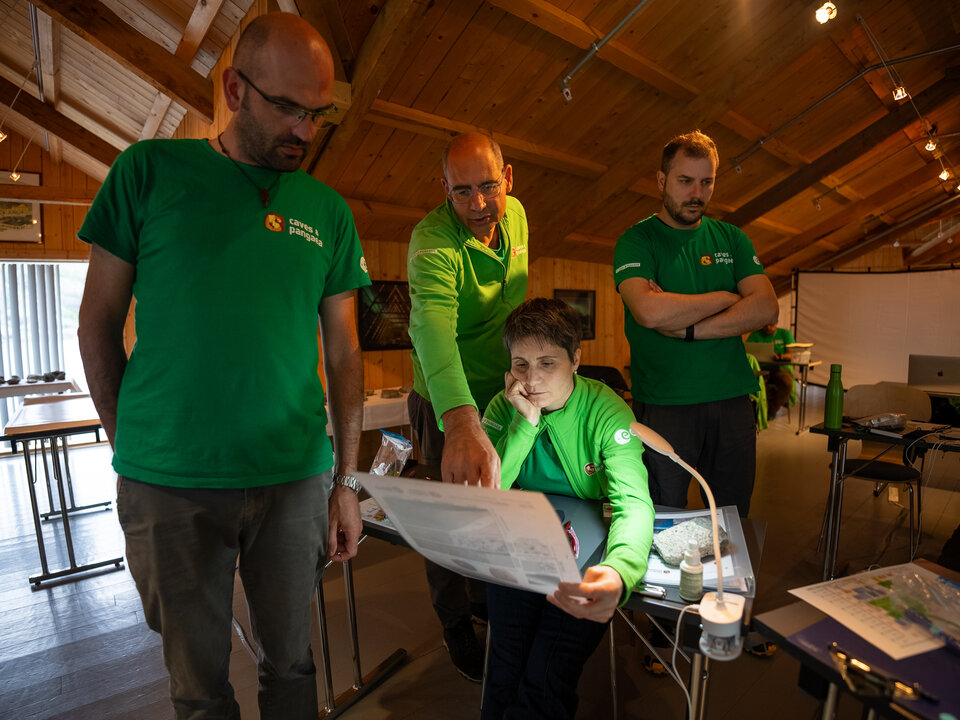ESA astronauts Alexander Gerst and Samantha Cristoforetti are spending a week exploring a mountain of crystalised magma in Lofoten, a remote Arctic location in Norway, as if they were planning an expedition on the surface of the Moon.
The astronauts are accomplished geology students, ready to refine their knowledge of lunar rocks with future NASA’s Artemis missions in mind. Alexander and Samantha joined the training after taking part in previous PANGAEA sessions in Italy, Germany and Spain.

Alexander and Samantha will use detailed maps and satellite multispectral images, or what experts call remote sensing geology, to plan their expedition. “Future missions to the Moon will make use of this technology to decide where astronauts will land and explore,” says planetary geologist and PANGAEA instructor Riccardo Pozzobon.
In the field, astronauts will rely on a customised app, the Electronic Field Book, to document their scientific findings.
Shine bright like a diamond
Top European planetary scientists expect the two astronauts to recognise some of the best-preserved samples on Earth of a rock abundant in the lunar highlands – anorthosites. When the light sets on these hills and valleys, the surface shines because the rocks are made of crystals.
“Anorthosites are spectacularly exposed in this corner of the world. The glacier polished them for millions of years,” explains petrology professor Kåre Kullerud, geologist and curator of the Norwegian Mining Museum in Kongsberg.

Anorthosites are hard to find because they usually lie deep down in the Earth’s crust, while on the Moon they are spread everywhere.
“Scouting this fjord is like walking on the lunar surface. The mountains resemble the molten ocean of the early Moon, when our natural satellite was a ball of fire with a melted surface on which rock-bergs of anorthosites were floating. We can see here what the lunar crust would look like,” explains planetary geologist and PANGAEA lead instructor Matteo Massironi.
Turn them loose
This final geology session in Norway aims to refresh the astronauts’ geology skills and fill in their gaps in lunar science.
“It is crucial for astronauts to keep their eyes open. Knowing the story behind these rocks can transport them to the Moon,” says Kåre.

During the Norwegian expedition, instructorsallow the astronauts to spend more time exploring independently – up to four field trips in just a couple of days. As the training progresses, astronauts experience a shift in perspective – they find motivation in pursuing scientific discoveries.
“Astronauts perform best when they are given a reasonable amount of autonomy. We foster their appreciation for true exploration,” explains Matteo.
“When we land on the Moon, we have to be effective field scientists, the best ‘geological sensors’ one could be in never-before explored lunar environments. There are things that only human eyes can grasp,” says ESA astronaut Alexander Gerst.
The team published a paper about the best geology practices to train the next astronauts to walk on the surface of the Moon. The PANGAEA team looked back at the training carried out during the Apollo era.
“Train them, trust them and turn them loose” was the motto of the mission-oriented training during the last three Apollo missions – the most productive in scientific discoveries on the Moon.

Discussion: no comments